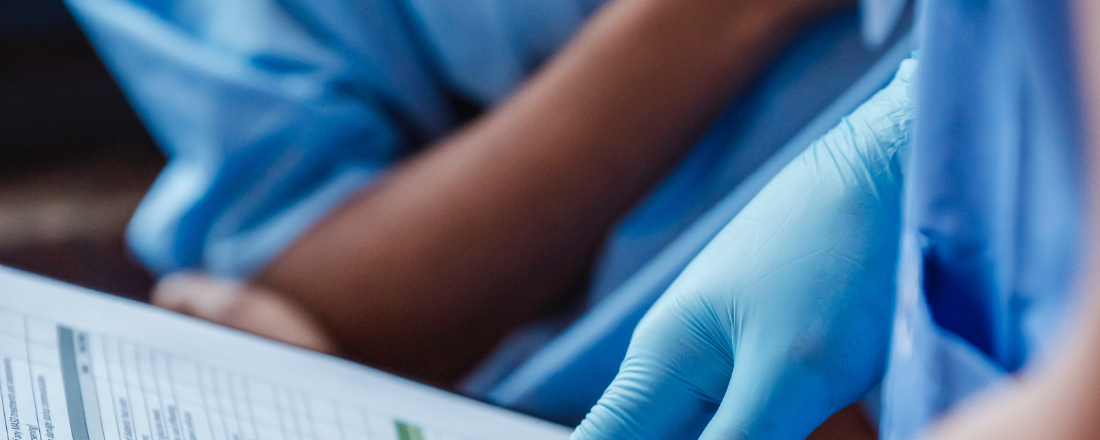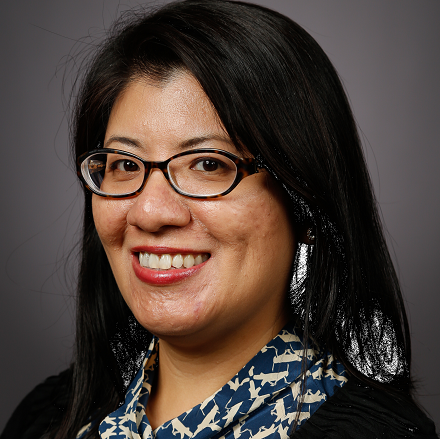
In the News
Experts Discuss Growth of “Remote Patient Monitoring” and What That Means for Payers
- Health Payer Specialist - Financial Times
-
Issues
Technology & Telehealth -
Programs
Center for Connected Health Policy

“Remote patient monitoring took off during the pandemic but there is still a long way to go in its growth trajectory as payers and the providers they work with pinpoint where and when to use it most effectively.
The acronym RPM doesn’t just mean revolutions per minute anymore. It’s been superseded by the telehealth modality remote patient or physiologic monitoring, and according to a new report from healthcare data and analytics firm Definitive Healthcare, RPM is on a “precipitous rise.”
The research says the top RPM procedure claims volumes, using 10 CPT codes, grew by a total of nearly 1,300% from 2019 through the end of 2022. True, Covid-19 propelled a major adoption of RPM, as both patients and providers sought a way to circumvent office visits.

I still think RPM is underutilized. During the pandemic, it wasn’t pushed forward as much as live video that had immediacy — then, more focus was being placed on meeting immediate patient needs.Mei Wa Kwong, JD
Executive Director, Center for Connected Health Policy, Public Health Institute
She recalls considerable hesitancy around telehealth before Covid-19, and uncertainty about its effectiveness. “Covid really provided a test case,” she says.
“RPM has long been an area with significant promise, though the evidence on its ability to deliver value in terms of quality, experience [and] affordability has been mixed,” says Rodrigo Cerdá, M.D., senior vice president of health services and chief medical officer at Independence Blue Cross. “The key here is to bring an evidence-based and analytic approach to this very large and heterogenous area, which can span from weighing patients with heart failure to scanning feet for patients with diabetes and foot ulcers, to more complex and comprehensive biosensors.”
Evidence Shows RPM Works
“The clinical community recognizes RPM as a breakthrough not only because of the quality and timeliness of patient care, but also in its promotion of team-based care via ‘general supervision’ as opposed to ‘direct supervision’ under CMS requirements,” says Meryl Holt, head of legal at Cadence, a health technology company and RPM provider.
She cites “meaningful evidence” that shows RPM reduces hospitalizations, minimizes complications, and improves both patient care and the patient experience.”
Click on the link below to read the full article.
Originally published by Health Payer Specialist - Financial Times
More Updates
Work With Us
You change the world. We do the rest. Explore fiscal sponsorship at PHI.
Support Us
Together, we can accelerate our response to public health’s most critical issues.
Find Employment
Begin your career at the Public Health Institute.



